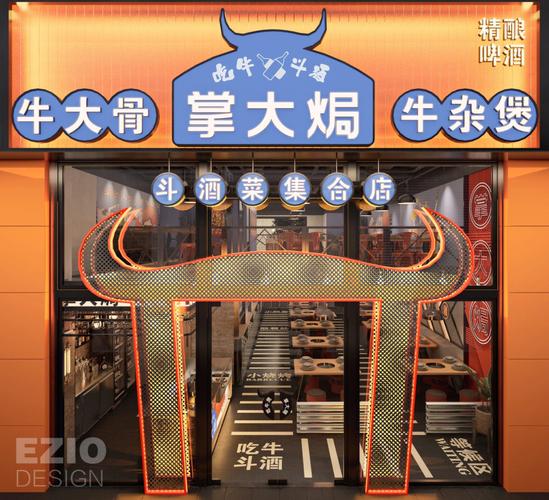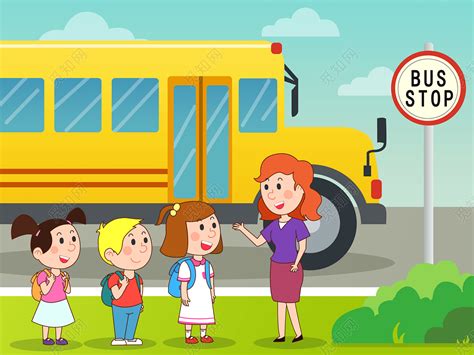Exploring Cartoon Patterns in Comics
Cartoons and comics are rich in vibrant and imaginative patterns that bring characters and stories to life. Let's delve into the world of cartoon patterns and explore how they contribute to the visual appeal and storytelling in comics.
Understanding Cartoon Patterns
Cartoon patterns refer to the recurring visual elements used in comics to depict characters, environments, emotions, and actions. These patterns often employ bold lines, exaggerated shapes, and vibrant colors to create a whimsical and engaging visual experience for the audience.
Types of Cartoon Patterns
1.
Character Patterns
:
Facial Expressions
: Cartoons use a range of expressive facial patterns to convey emotions such as happiness, anger, surprise, and sadness. For example, exaggerated smiles with wideopen eyes denote joy, while furrowed brows and clenched fists indicate anger.
Body Language
: Cartoon characters often have distinctive body language patterns. Slumped shoulders can signify sadness or defeat, while puffed chests and raised fists denote confidence or determination.
Clothing Patterns
: Characters' outfits may feature recurring patterns like stripes, polka dots, or checkerboards, adding personality and visual interest.2.
Environment Patterns
:
Backgrounds
: Cartoon backgrounds often incorporate repetitive patterns like clouds, stars, or geometric shapes to create a whimsical or surreal setting.
Textures
: Textured patterns such as wood grain, brick walls, or foliage add depth and realism to cartoon environments.3.
Action Patterns
:
Motion Lines
: Speed lines or motion streaks are common in actionpacked scenes, indicating movement and dynamism.
Impact Patterns
: Explosions, bursts, and impact lines are used to highlight intense actions like punches, explosions, or sudden movements.4.
Symbolic Patterns
:
Thought Bubbles
: Thought bubbles with cloudlike patterns contain characters' inner thoughts, adding depth to storytelling.
Sound Effects
: Onomatopoeic patterns like "Boom," "Pow," or "Zap" visually represent sounds, enhancing the comic's auditory experience.Role of Cartoon Patterns in Comics
1.
Visual Appeal
: Cartoon patterns contribute to the comic's visual appeal, making it eyecatching and memorable for readers of all ages.2.
Emotional Expression
: Patterns help convey characters' emotions and actions effectively, creating a connection between the audience and the story.3.
Storytelling Tool
: Different patterns serve as storytelling tools, guiding readers through scenes, actions, and character interactions.4.
Brand Identity
: Consistent use of specific patterns can establish a comic's unique style and brand identity, making it recognizable among readers.Tips for Creating Cartoon Patterns
1.
Experiment with Shapes and Colors
: Play with different shapes, sizes, and colors to create unique and visually appealing patterns.2.
Consider Context
: Match patterns to the mood, tone, and setting of the story. Use bright, cheerful patterns for comedic scenes and darker, subdued patterns for serious or suspenseful moments.3.
Consistency
: Maintain consistency in pattern usage throughout the comic to establish a cohesive visual language.4.
Balance Detail and Simplicity
: Balance intricate patterns with simpler ones to avoid overwhelming the reader's eye while maintaining visual interest.In conclusion, cartoon patterns are integral to the charm and effectiveness of comics, offering a diverse range of visual elements that enhance storytelling and captivate audiences. Whether it's conveying emotions, creating dynamic action sequences, or establishing a unique visual identity, cartoon patterns play a vital role in the artistry and narrative of comic art.









